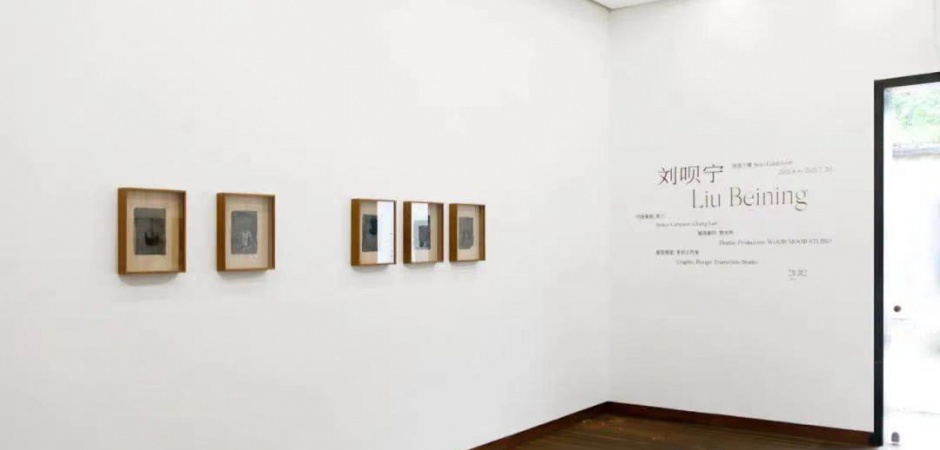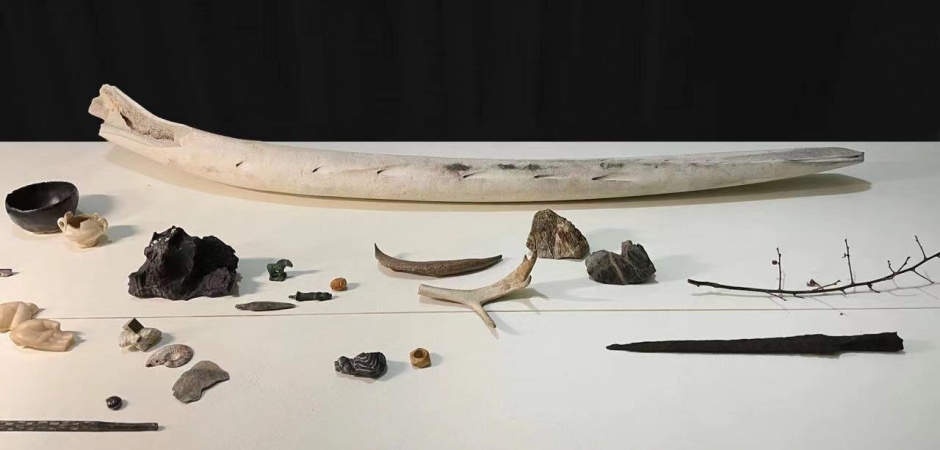HOME > EXHIBITON > LIU BEINING > ABOUT
| ABOUT | WORKS | ONSITE | INTERVIEW |


LIU BEINING
| Artist: | Liu Beining |
| Date: | 2021.06.06-07.20 |
| Opening: | 2021.06.06, 15:00 |
| Open hours: | 10:00-17:00 |
| Venue: | Inna Art Space |
| Add: | Block No. 12,139 LiuHe Road, Hangzhou, China |
| Tel: | +86-0571-87023522 |
| Email: | info@innart.org |
Inna Art Space are pleased to announce that from Sunday, July 6. 2021 we will present a solo exhibition of work by artist Liu Beining, opening the field for discussions regarding the perception of time in images of knowledge.We will also be exploring the topics of multidimensional space times, the mutability of generative energies and so on.
As the artist’s first solo exhibition in Hangzhou since 2016’s “A Collection of Nothingness” (New York), the present exhibition elaborates on practical trajectories first presented in work produced as of 2015 focusing on nighttime waters and notions of space-time, offering an overarching presentation of his ready made and painted work from recent years to date.
Born in 1991, Liu Beining is a graduate of both the China Academy of Art (CAA, Hangzhou) and New York’s Pratt Institute’s Graduate School of Fine Art and is at present studying at Doctoral Level on the course of the CAA’s Institute of Contemporary Art and Social Thought. Liu Beijing’s work attends to the flow and decay of images of knowledge. In his practice he often takes painting as a point for departure and by way of text, photography and ready mades, along with a host of other means attempts to peel away the ephemeral layers of temporality to which objects are ascribed, thus arriving at a point of stillness that at the same time encompasses fluidity. His working process foregrounds materiality; “materials” in transition, each an “entity” within a process of subtle change, aiming to preserve the dual potentiality inherent in each one's attendant state. Forms including water, stone, dust, astral bodies, bones, landscapes, ruins, fragments and other images often appear in the artist’s work, combining to compose cohesive structures of mutual correspondence, taking this as a base from which to describe still and solemn, yet nevertheless richly abundant tableaux.
more